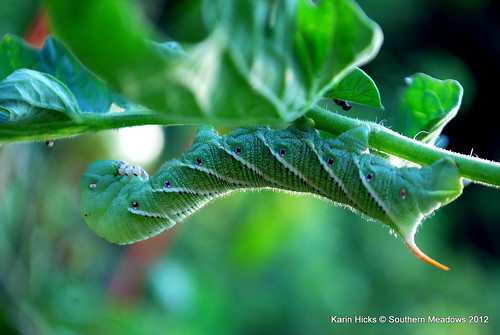Gardening with a Purpose
"For the first time in history, gardening has taken on a role that transcends the needs of the gardener. Gardeners have become important players in the management of our nation's wildlife."
~ Doug Tallamy
This is a very powerful statement and really makes one stop and think...why do I garden? Most gardeners like to create a beautiful palate of color in their gardens, collect a favorite species, grow their own food or enjoy being outside and part of nature. But the role of gardeners has changed over the generations and today, gardeners are a vital part of the ecosystem because “there simply are not enough native plants left in the wild to support the diversity of wildlife most of us would like to see survive” (Doug Tallamy).
 |
| Two fiery skippers on Downy Aster |
Sometime back a friend said “if there is
only one book that someone should read about gardening “Bringing Nature Home; How
Native Plants Sustain Wildlife in Our Gardens” is it. Of course I had to purchase the book immediately and have since read it cover to cover several times. It reinforced everything I am trying to do in our garden and more.
Then earlier this month the author, Doug
Tallamy came to my local nature center (Elachee). Meeting Mr. Tallamy and hearing him speak was such a privelege and so inspiring. As my friend Penny says “he is the rock star of the
native plant world” and it was like meeting a celebrity. I even got my book signed (Whoohoo!) His message is simple…the choices we make as gardeners can
profoundly impact the diversity of life on our planet.
It certainly makes one think twice about buying that gorgeous ornamental that you see at the nursery. Now, I always ask myself "what purpose will this plant serve in my garden?" Now, that isn't to say that I don't have any ornamental/alien plants in my garden but we are certainly working toward minimizing them to make room for plants that serve a "purpose".
When I started studying native plants I quickly learned that not all plants are created equally. Native plants and native
wildlife have evolved together and hold the ecosystem together. Native insects
cannot or will not eat alien plants so when native plants disappear the insects
will disappear.
Astonishingly, 90% of insects are specialists. The monarch
butterfly is an excellent example. It is a specialist on milkweed. Of course, the upside
of being a specialists is there is little competition from other insects but the downside is that if that plant is gone the insect disappears too.
The ornamental plants that people like to put in their gardens
because they are “pest” free do very little if anything to support wildlife.
Tallamy says to “think of them as statues in your garden”. Of course many of the ornamental plants have put us in this peril. Eighty-five percent of the invasive plants
that are replacing natives in natural areas have escaped from our gardens.
Some of the worst offenders are several honeysuckle species, autumn olive,
privet, muliflora rose, kudzu, lantana, oriental bittersweet, purple
loosestrife, burning bush, English ivy, Bradford pear, empress tree, wisteria, Japanese
barberry and Japanese knotweed.
“Native insects take long evolutionary time spans rather
than short ecological periods to adapt to the specific chemical mix of plants” (Tallamy).
There are a few anomalies. For example the black swallowtail (Papilio
polyxenes) has developed a taste for dill and parsley which are not native plants; however, they are members of the carrot family (Apiaceae) and contain the mix of chemicals in
their leaves that allow the black swallowtail to smell, eat and digest them. Lucky for the black swallowtails for they have been able to adapt!
All animals get their energy directly from plants, or by eating
something that has already eaten a plant. The group of animals most
responsible for passing energy from plants to the animals that can’t eat
plants is insects. This is what makes insects such vital components of
healthy ecosystems. So many animals depend on insects for food (e.g.,
spiders, reptiles and amphibians, rodents, 96% of all terrestrial birds)
that removing insects from an ecosystem spells its doom.
One of the most powerful examples Tallamy gave was that 96%
of birds feed their babies insects (not seeds). For example a chickadee clutch will eat
4,800 caterpillars over the 16 day period before they fledge. This is an astonishing number of caterpillars
that your garden needs to sustain 1 clutch and is only possible if there are plants in your garden to support this level of insect population. So, if I want more birds nesting in my garden I must think twice about removing those "pest" caterpillars (potential food) from my plants.


Studies have shown that even modest increases in the native
plant cover on suburban properties significantly increases the number and
species of breeding birds, including birds of conservation concern. As
gardeners and stewards of our land, we have never been so empowered to help
save biodiversity from extinction, and the need to do so has never been so
great. All we need to do is plant native plants! (Tallamy)
During the garden planning time this winter I will be making my list of native plants to expand the diversity in my garden. How about you?
Resources:
Here is a list of the best herbaceous plants to support Mid-Atlantic butterfly and moths
Here is a list of the favorite woody plants for Mid-Atlantic butterfly and moths




.png)